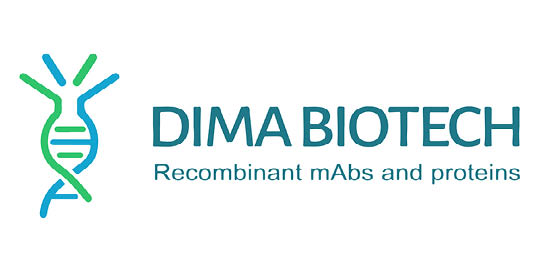Human GP149-Strep full length protein-synthetic nanodisc
Human GP149-Strep full length protein-synthetic nanodisc
Artikelnummer
DMAFLP120269-50
Verpackungseinheit
50 µg
Hersteller
DIMA Biotechnology
Verfügbarkeit:
wird geladen...
Preis wird geladen...
Background: This gene encodes a seven-transmembrane G protein coupled receptor (GPCR) class A family member. Although categorized as a class A GPCR, the encoded protein lacks the first two charged amino acids of the highly conserved Asp-Arg-Tyr (DRY) motif found in the third transmembrane helix of class A receptors which is important for efficient G protein-coupled signal transduction. Mice with a knockout of the orthologous gene are viable and have normal maturation of the ovarian follicle, but show enhanced fertility and ovulation. All GPCRs have a common structural architecture consisting of seven transmembrane alpha-helices interconnected by three extracellular and three intracellular loops. A general feature of GPCR signaling is agonist-induced conformational changes in the receptor, leading to activation of the heterotrimeric G proteins, which consist of the guanine nucleotide-binding G-alpha subunit and the dimeric G-beta-gamma subunits. The activated G proteins then bind to and activate numerous downstream effector proteins, which generate second messengers that mediate a broad range of cellular and physiological processes. [provided by RefSeq, Jul 2017]
Description: Human GP149-Strep full length protein-synthetic nanodisc
Molecular Weight: The human full length GP149-Strep protein has a MW of 81 kDa
Protein Families: GPCR,Transmembrane,Druggable Genome,
Protein Pathways: N/A
Storage & Shipping: Store at -20°C to -80°C for 12 months in lyophilized form. After reconstitution, if not intended for use within a month, aliquot and store at -80°C (Avoid repeated freezing and thawing). Lyophilized proteins are shipped at ambient temperature.
Tag: C-Flag&Strep Tag
Expression Host: HEK293
Formulation & Reconstitution: Lyophilized from nanodisc solubilization buffer (20 mM Tris-HCl, 150 mM NaCl, pH 8.0). Normally 5% – 8% trehalose is added as protectants before lyophilization. Please see Certificate of Analysis for specific instructions. Do not use solvents with a pH below 6.5 or those containing high concentrations of divalent metal ions (greater than 5 mM) in subsequent experiments.
Target: GP149
Uniprot ID: Q86SP6
Usage: Research use only
Description: Human GP149-Strep full length protein-synthetic nanodisc
Molecular Weight: The human full length GP149-Strep protein has a MW of 81 kDa
Protein Families: GPCR,Transmembrane,Druggable Genome,
Protein Pathways: N/A
Storage & Shipping: Store at -20°C to -80°C for 12 months in lyophilized form. After reconstitution, if not intended for use within a month, aliquot and store at -80°C (Avoid repeated freezing and thawing). Lyophilized proteins are shipped at ambient temperature.
Tag: C-Flag&Strep Tag
Expression Host: HEK293
Formulation & Reconstitution: Lyophilized from nanodisc solubilization buffer (20 mM Tris-HCl, 150 mM NaCl, pH 8.0). Normally 5% – 8% trehalose is added as protectants before lyophilization. Please see Certificate of Analysis for specific instructions. Do not use solvents with a pH below 6.5 or those containing high concentrations of divalent metal ions (greater than 5 mM) in subsequent experiments.
Target: GP149
Uniprot ID: Q86SP6
Usage: Research use only

 English
English











